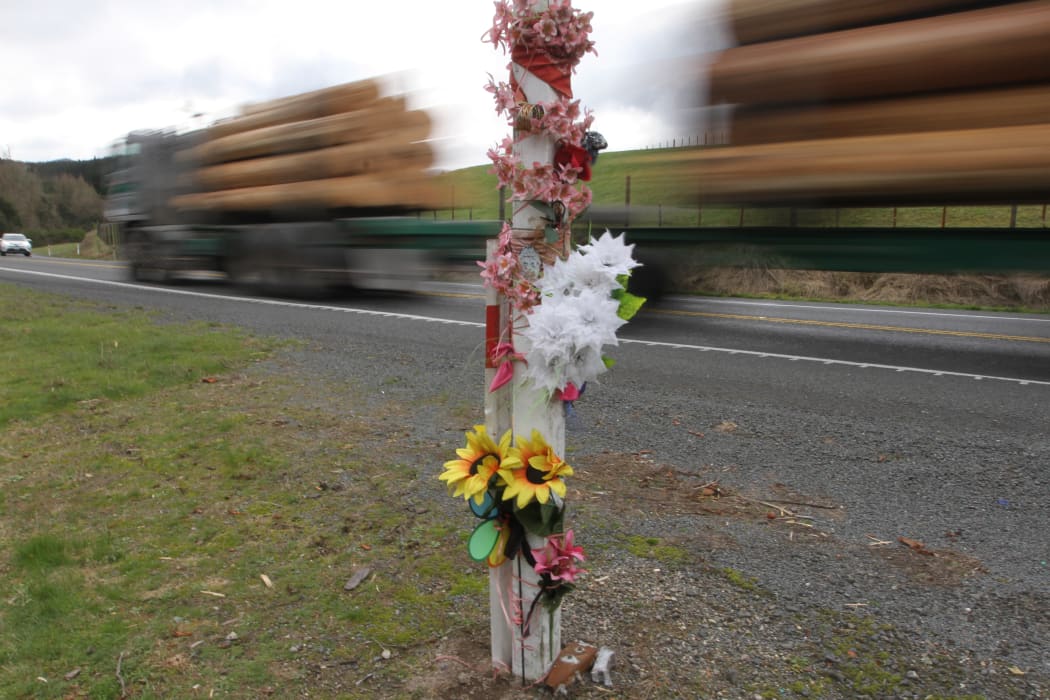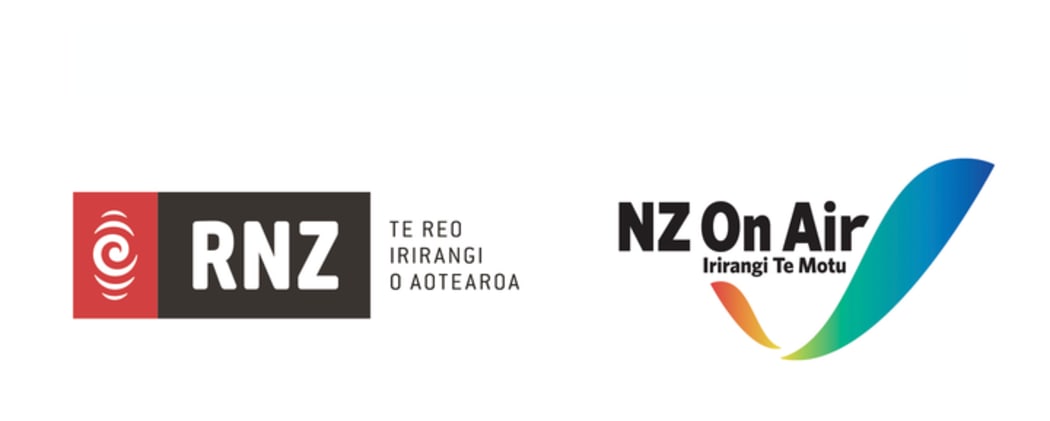
Photo: RNZ Insight / Ben Strang
Last year our road toll dipped for the first time since a period of steady increases.
“We really hope that it is a turning point,” says the Automobile Association’s Mike Noon.
But he says even though that’s a bit of good news, nearly a person a day still dies on our roads – “and that’s not acceptable.” And he says there needs to be twice as much investment in road safety – in technology and education - as there is now.
Even though the total number of road deaths annually increased after 2013, the last decade has still been vastly better than what we used to have in New Zealand.
In the 80s our average annual toll was more than 700.
“We thought we’d cracked it to be quite honest, in 2013 we got 253. And that was [the end of] a long period where the road toll was decreasing every year. And since 2013 it’s just gone up, till in 2018 we’re up to 377 - that was 50 percent increase.
“Last year – 2019 – we’ve come back to 353.”
Out of 22 OECD countries New Zealand comes in at number 20 for road deaths. That’s a death rate of 7.8 per billion kilometres – compared to Scandinavian countries which have two to three deaths.
For every road death there are about seven serious injuries, costing the country billions in healthcare, rehabilitation and accident compensation. If someone ends up being permanently paralysed it’s about $20 million. It’s also estimated that every fatality costs $4m. They say well over 100 people are affected closely and intimately by every crash. “It’s an enormous hurt to New Zealand and to our communities,” says Noon.
“We crash for two reasons,” says Noon. “We either crash because we are doing something extreme – and that’s about 50 percent of the fatalities – or we’re just actually good normal people who make a mistake. We might fall asleep, we might misjudge a corner and run off the road. When that happens … the roading infrastructure, whether it’s divided, whether there’s poles or ditches on the side of the road that you’re going to hit, that makes a huge difference to the outcome – the trauma – from the crash.”
Associate Transport Minister Julie Anne Genter wants to spend roading budgets on those safety factors – more rumble strips, wider shoulders to give people the chance to correct errors while driving, and speed management where it can make a difference.
The government’s just put $5.3b into roading under its big infrastructure announcement last week, but Noon says government policy isn’t the only thing that influences the road toll – “there’s some really weird stuff that happens with the road toll in terms of the economy, the price of fuel affecting the number of kilometres a year people drive, because of course it’s a risk game. The more kilometres are driven the more exposure there is.”
In The Detail today, Sharon Brettkelly talks to Mike Noon about the factors that can change the toll, the people who are most vulnerable – and what parents can do to protect their children. She also hears from a family still suffering the after-effects of a fatal crash 15 years later.


